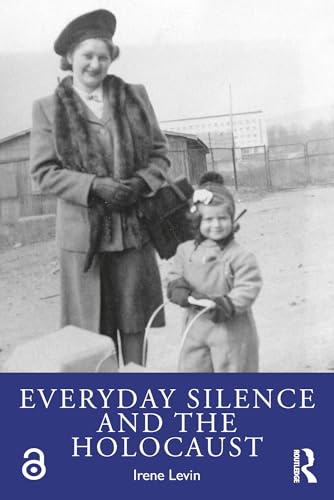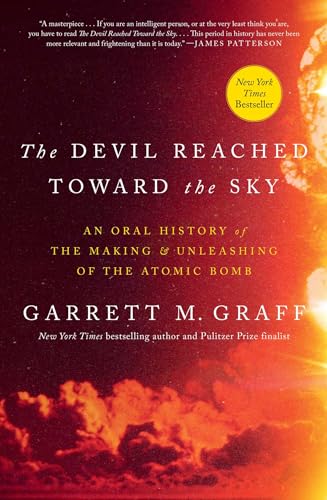
Henry Steele Commager's The Story of the Second World War
by Henry Steele Commager
Popularity
3.79 / 5
* A book's popularity is determined by how it compares to all other books on this website.
Where to buy?
Buy from Amazon* If you buy this book through the link above, we may receive a small commission at no extra cost to you.
Henry Steele Commager's The Story of the Second World War by Henry Steele Commager
Details
War:
World War II
Perspective:
Researcher
True Story:
Yes
Biography:
No
Region:
North America
Page Count:
584
Published Date:
2004
ISBN13:
9781612342672
Description
Brief Summary
Henry Steele Commager's The Story of the Second World War serves as a comprehensive compilation of World War II accounts, created in the immediate aftermath of the conflict. The book intertwines expert commentary with firsthand narratives from various figures, offering readers a deep understanding of the war's impact across different theaters. Included are writings from notable figures such as Winston Churchill, John Steinbeck, Walter Lippman, John Hersey, and William Shirer, alongside poignant stories from soldiers and civilians who experienced the war firsthand.
Main Themes and Topics
The book explores a broad spectrum of themes related to World War II, focusing on both the grand narratives and the individual experiences that defined this global conflict. It delves into the political, social, and military aspects of the war, showcasing the horrors, sacrifices, and heroism that emerged during this turbulent period. Commager's selection of writings reflects the complex interplay between leadership, strategy, and the human cost of war. The juxtaposition of high-level discussions with personal stories offers a multi-faceted perspective that aims to educate and engage the reader.
Writing Style and Tone
The writing style of The Story of the Second World War is a blend of authoritative commentary and personal narrative. Commager successfully weaves together professional journalism, historical analysis, and evocative personal accounts, creating a narrative that is both informative and emotionally resonant. The tone varies to match the diverse contributions within the book, ranging from the analytical to intensely personal reflections. This variety contributes to a rich and textured reading experience that effectively captures the complexity of the era.
Awards and Recognition
Initially published shortly after World War II, the book quickly became recognized as a classic reference for understanding the war. Its compilation of contemporary writings by significant authors and first-hand accounts lends it authority and credibility. While specific awards might not be extensively documented, the enduring reputation of the book within academic and historical circles speaks to its importance and influence in shaping post-war analysis.
Criticism
One potential criticism of Commager's work might stem from the scope and scale of such a compilation. By attempting to cover such a broad array of experiences and accounts, some readers may find the narrative somewhat disjointed or overwhelming in its breadth. However, this very breadth is also what lends the book its comprehensive nature, capturing the multifaceted reality of World War II more effectively than a narrower focus might allow.









